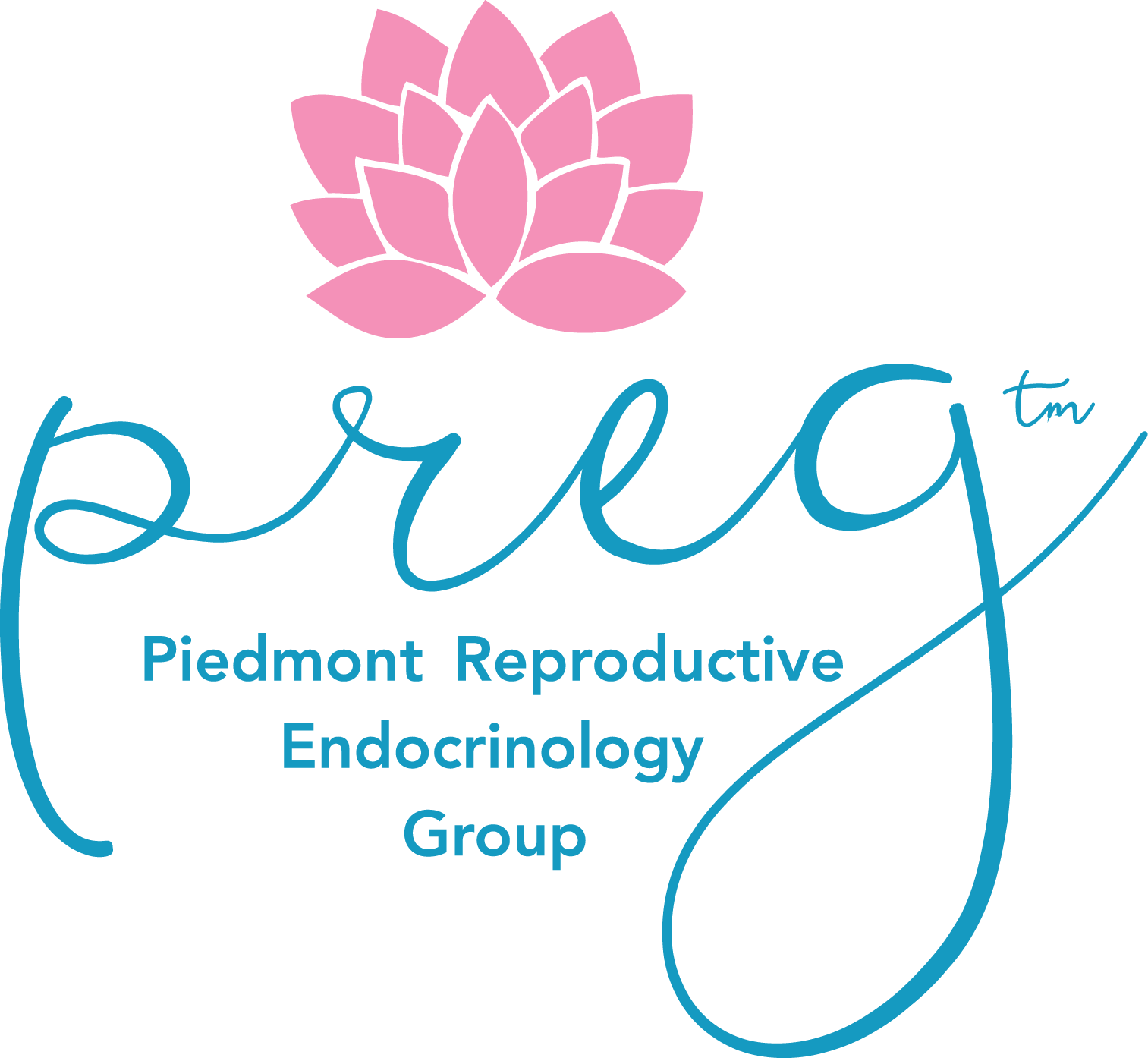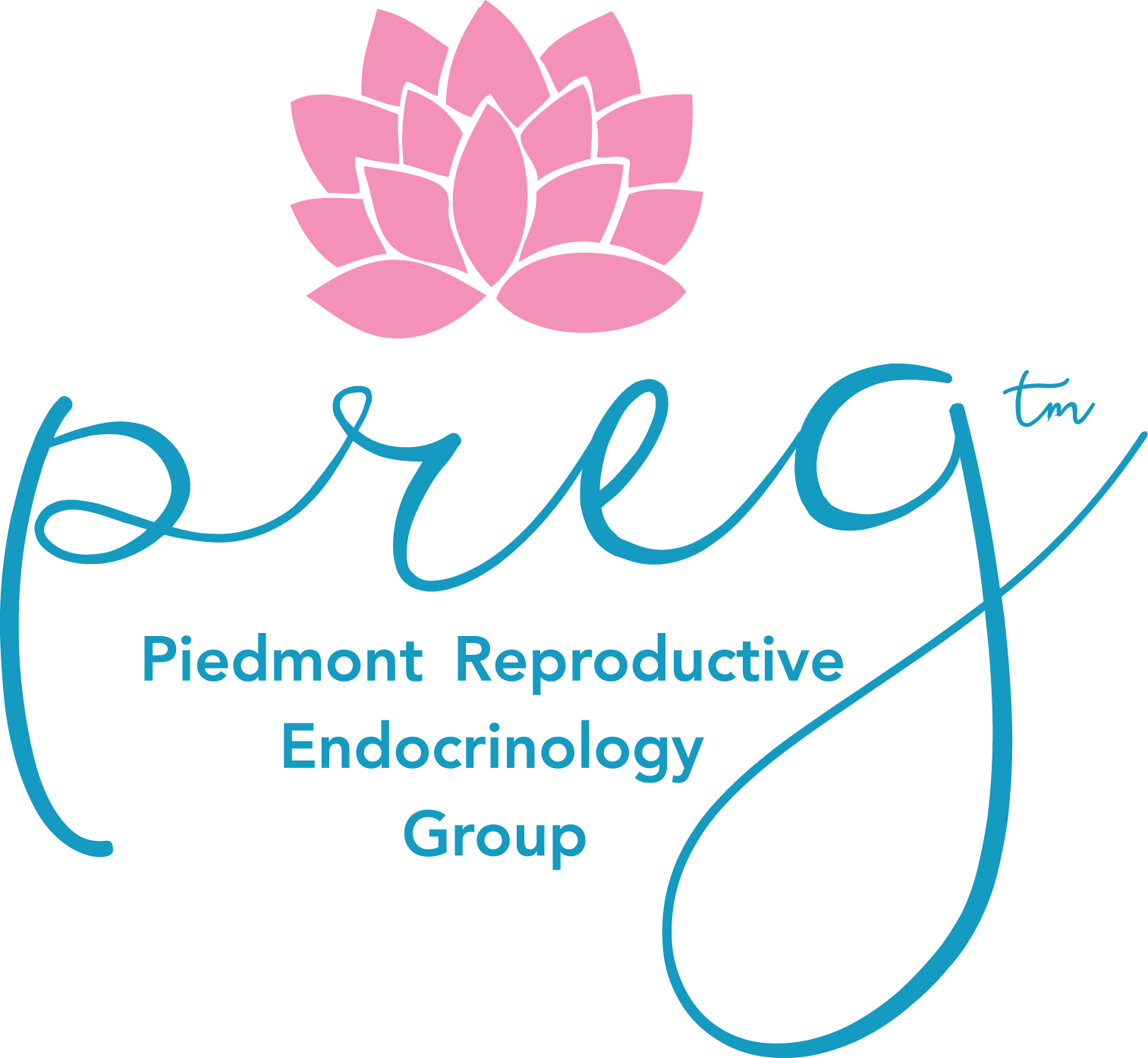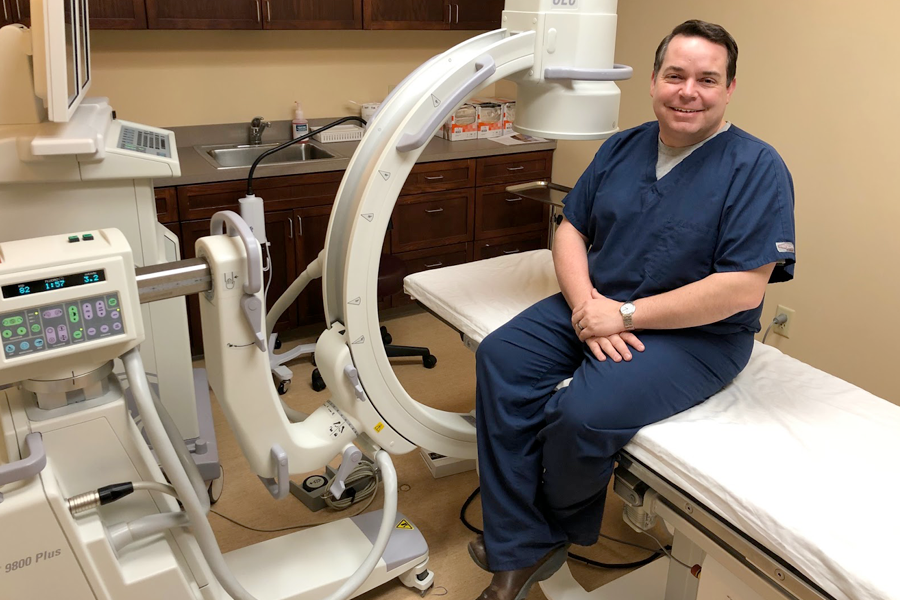The Doctor Is In!
Welcome to a new feature from PREG where our doctors weigh in on a variety of fertility-related issues designed just for you!

Reproductive Endocrinologist
Advanced Gynecologic Surgery
Answers questions about HSG Testing
Dr. McCoy, what is HSG testing and why is it necessary?
An HSG is an x-ray dye test that lets us evaluate the cavity of the uterus and the fallopian tubes. HSG stands for a Hysterosalpingogram, which means primarily a picture of the uterus and fallopian tubes.
HSG is one of the starting points in a proper fertility evaluation because fallopian tube issues account for approximately 30% of the fertility problems that we see. Most commonly, this is due to the fallopian tubes being damaged by a person having a previous infection in the pelvis that they often were unaware of. They could also have a congenital malformation of the tubes meaning they were not properly formed.
How is the test performed?
The x-ray dye test is done in the office and we have the capability to perform it in our Greenville, Asheville and Columbia offices. The patient lays under an x-ray machine and we insert a speculum and place a small catheter tube into the uterus. As we watch under the x-ray, we inject dye into the uterine cavity. The dye flows backward into the tubes and comes out the end of the tubes and then disperses into the pelvis. If the patient’s tubes are damaged, it is the end of the tubes that most often are damaged, so in that case, we see the dye come to the end of tubes and it just stops. A less common scenario is where the tubes are damaged where they attach to the uterus and the dye may not go into the tubes at all.
What is the dye and how long does this test take?
We use an iodine water-based dye. It is very safe to use, and the amount of x-ray exposure is very small. Actually, the x-ray procedure itself only takes about two minutes to perform. There is generally associated mild cramping during the procedure and it is tolerated very well.
Within a few minutes, the cramping ends and the patient can resume normal activity right away. The entire appointment start to finish takes about 25-30 minutes. During the procedure, the patient can watch the x-ray pictures and see what we are doing. Once it’s done we review the images and let her know the final assessment of the test.
Are her chances for pregnancy increased after HSG?
There is some evidence that there is a slightly higher chance of pregnancy after an HSG, but it is not usually used for just that purpose. We don’t know for sure why this might happen but there are some thoughts that perhaps the tubes could just have mucus buildup which may normally take care of itself. Perhaps it does cause any mucus that is blocking the tubes to get flushed out during the HSG.

It is one of the first tests we use especially if the patient has never had a pregnancy at all. If she has had a pregnancy in the past, HSG can still be helpful because a prior pregnancy doesn’t mean everything is completely normal. If a woman has regular cycles it is done in the time frame after the menses and before she ovulates to get the best images. This usually allows a one week window in which to schedule it. We do them every day in the office and we are able to add them in on short notice to accommodate their schedule.
If there is a significant tube abnormality, then we have to discuss if this is something that can be fixed surgically or not. In some cases, it may be repairable, but in many cases, it can’t be repaired. The worst-case scenario is that the tubes are too damaged and need to be removed surgically. Then we have to fall back to IVF which bypasses the fallopian tubes.
What’s the advantage of being able to do this in your office?
By offering the HSG in the office we are able to make the experience much better for the patient. They have to spend a minimal amount of time in the office, but the primary advantage is that it is significantly cheaper than alternatives such as in a hospital. Many insurance companies cover the HSG as part of the fertility evaluation, but if it is not covered we are able to offer a self-pay cost that is approximately ¼ of the cost of having the procedure done in a hospital. The test is always done by one of our physicians, and we perform and interpret it on the spot. By performing it ourselves in the office we get a more accurate assessment of the tubes without having to wait on results from a hospital or the interpretation from a non-fertility specialist.
Previously our patients in Western Carolina had to drive to our Greenville office to have it done, but with our ability to do HSG testing in Asheville, it eases the financial and travel burden on the patient. They can return to work, or have it done at the end of the day and be home without having to drive far, or spend hours waiting in the hospital.
PREG has offices in Greenville, Spartanburg, Asheville, and Columbia. We offer highly personalized fertility care and management. Dr. McCoy is based at the Asheville, NC, office. For more information on reproductive options call, or contact us today at 866.725.7734.
Travis W. McCoy, MD
Reproductive Endocrinologist
Advanced Gynecologic Surgeon
PREG



